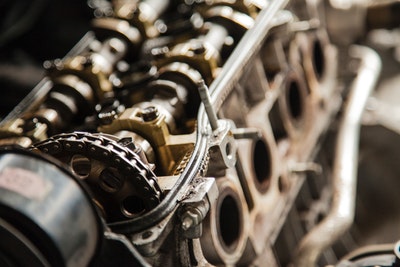
The electric motor impacts many aspects of our lives. These devices run everything from refrigerators to much heavier equipment.
From construction and manufacturing to industrial facilities, many businesses rely on electric motors for uninterrupted production and output. The failure of an electric motor can disrupt your daily operations and impact your bottom line.
Proper maintenance of your motor with the best way to avoid abrupt breakdowns. It also is a good way to keep your machine running efficiently. Here are some electric motor maintenance steps to consider.
Electric Motor Basics
Benjamin Franklin engineered the first electric motor, albeit a very crude one. It was a basic electrostatic device that used two charged jars to push and pull brass-tipped bars attached to a wheel. In 1832, William Sturgeon developed the first electric motor strong enough to run machinery.
Today’s electric motors are made up of several primary parts. The stator is the stationary component that includes the magnets. The rotor is the coil that spins on an axle to produce rotational energy. Electric motor windings are wires within the coils around the magnetic core.
The commutator is the part that reverses the current in exact intervals to allow the rotor to continue spinning. Finally, brushes are the parts that allow electric power to flow through the commutator.
Electric Motor Maintenance
Regular maintenance is important to keep your electric motor running. It is vital for identifying potential problems before they get out of hand (which can be a bigger headache and cost more money down the road).
Visual inspection is a quick and easy way to check for a potential problem. If you see signs of corrosion or dirt buildup, stop operation and clean the device.
Check for wear and tear on the commutator. If you see scratches or dents, then this is an indication of brush sparking. Some sparking is normal, but an excessive amount warrants a closer look. Also, inspect the rotor, armature, and electric stator for visible signs of wear.
If there is a burning smell, check the windings to ensure they are not overheated. You might first check that the fan, which keeps the motor cool, is functioning properly.
Faulty bearings are the primary cause of electric motor failure. These undergo constant stress and must be changed over time. Continuing to use a motor with faulty bearings can cause it to run inefficiently or even cause more serious damage to other parts of the engine.
Conduct Tests
Incorporate regular testing into your motor maintenance routine. There are a few that can help detect common problems.
If you suspect an electrical issue, you can test the wiring using a multimeter. Be sure to turn off the power before you do so.
Also, testing the power output of your motor is a good way to see if it operating at optimum capacity. There are specific steps to calculate brake horsepower of an electric motor. Reading these specifications makes it easy to know when it may be time to look at repairing or replacing system parts.
Other tests, like field vibration analysis that measure the frequency of vibrations in the motor, can help narrow down possible causes. A winding test involves disassembling the motor to look for abnormalities, including windings’ insulation.
Keep Your Electric Motor Running
Now that you have an idea of how to properly maintain an electric motor, you can have the peace of mind that yours is running at peak capacity. Regular upkeep will increase reliability and keep your motor running longer and more efficiently.
We hope this information was helpful to you. Be sure to check out some of our many other posts, including topics like engine repair or buying and selling vehicles.